Uganda is home to several protected areas that are ideal for game drives, with Murchison Falls National Park standing as the country’s largest and most iconic safari destination. The park’s sweeping savannahs, bisected by the mighty River Nile, offer excellent chances of encountering lions stalking their prey, elephants grazing in herds, and buffalo wandering near the riverbanks. Its dramatic backdrop of the thundering Murchison Falls adds an element of grandeur that few other safari locations can match.
Further south lies Queen Elizabeth National Park, Uganda’s most popular reserve, famed for its varied landscapes ranging from open grasslands to crater lakes and wetlands. It is here that the elusive leopard may be spotted resting on the branches of ancient fig trees, while large herds of elephants and buffalos roam the Kasenyi plains. The Ishasha sector of Queen Elizabeth is particularly renowned for its rare tree-climbing lions, a sight that is both iconic and uniquely Ugandan.
For travelers seeking the full Big Five, Ziwa Rhino Sanctuary completes the experience. Situated conveniently between Kampala and Murchison Falls, it is the only place in Uganda where rhinos can be seen in the wild. Combined with the other parks, it ensures that all five of Africa’s legendary animals can be encountered within Uganda’s borders. Smaller yet rewarding destinations such as Lake Mburo National Park and Kidepo Valley National Park also offer spectacular drives, each with distinct wildlife highlights and landscapes.

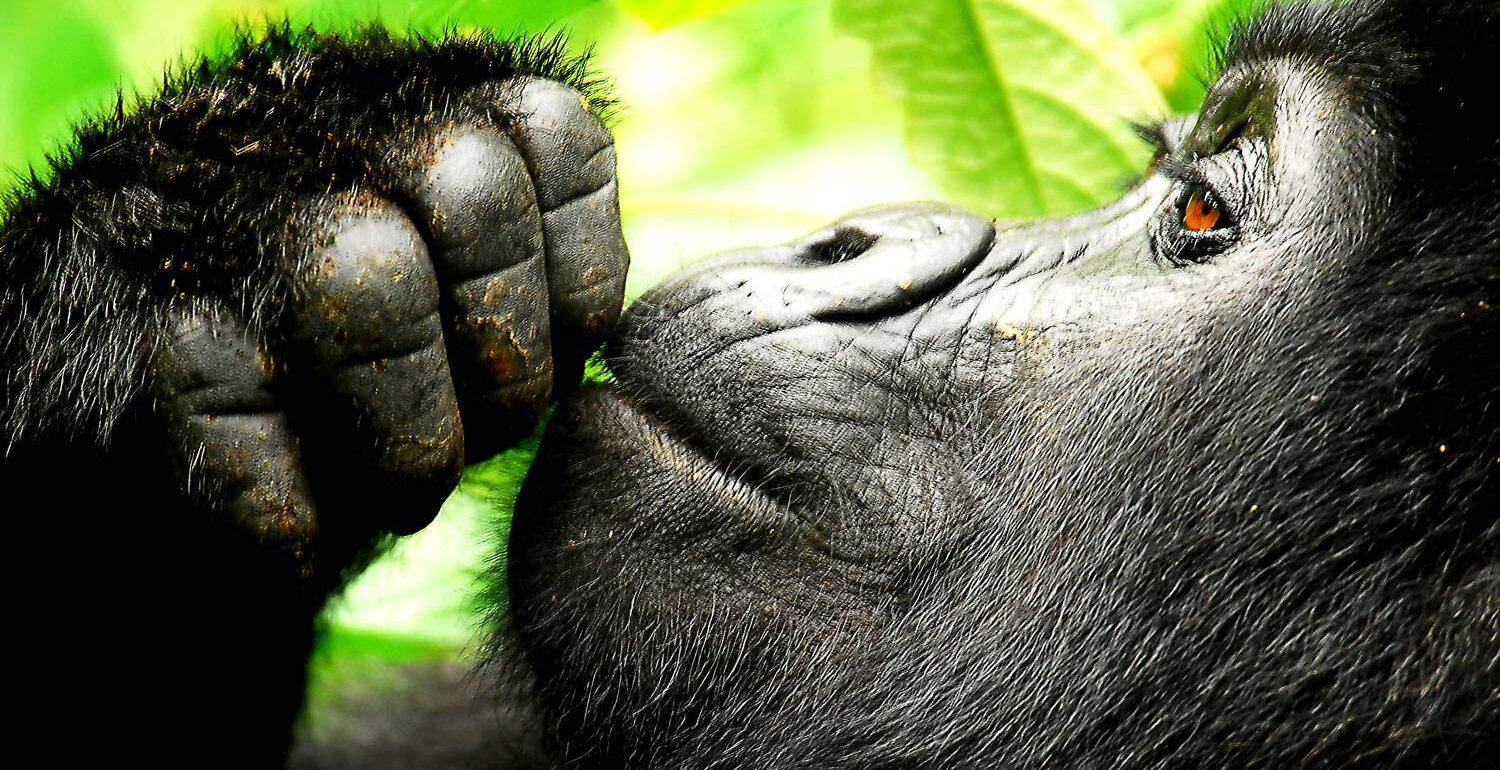
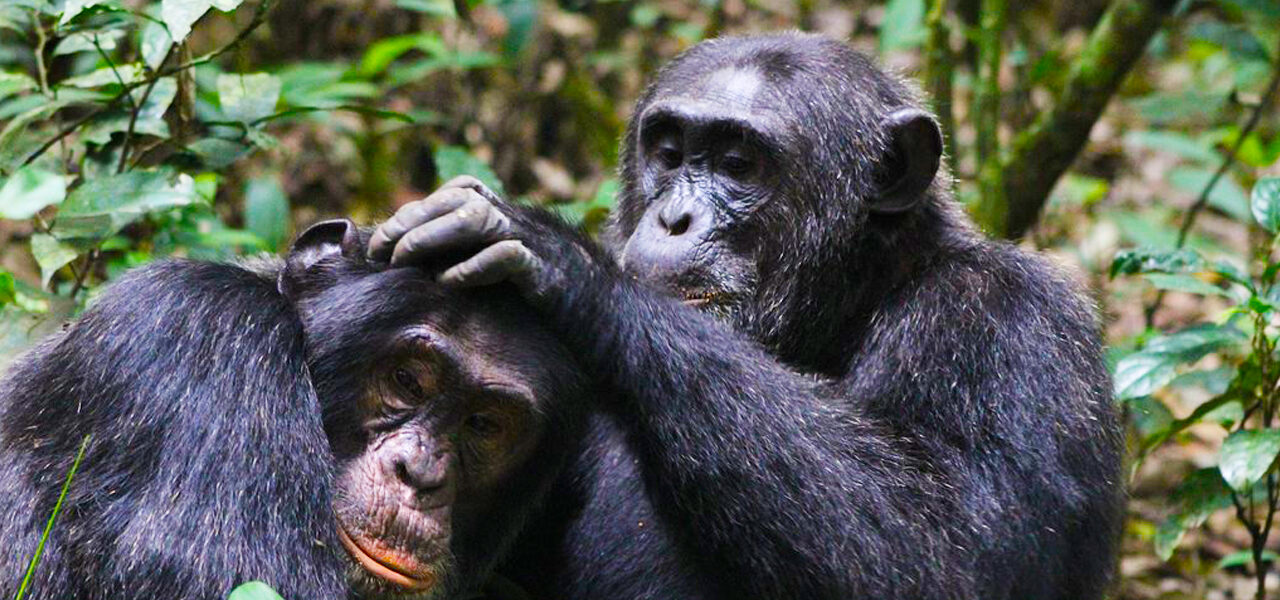
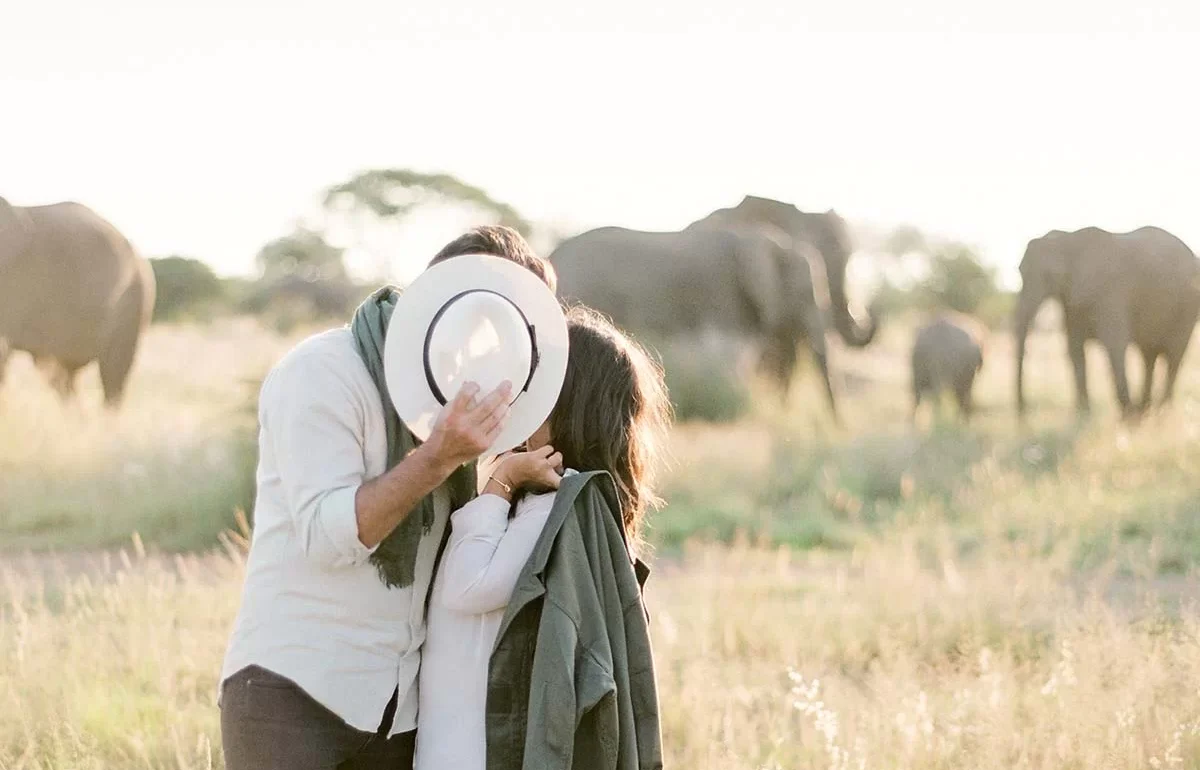
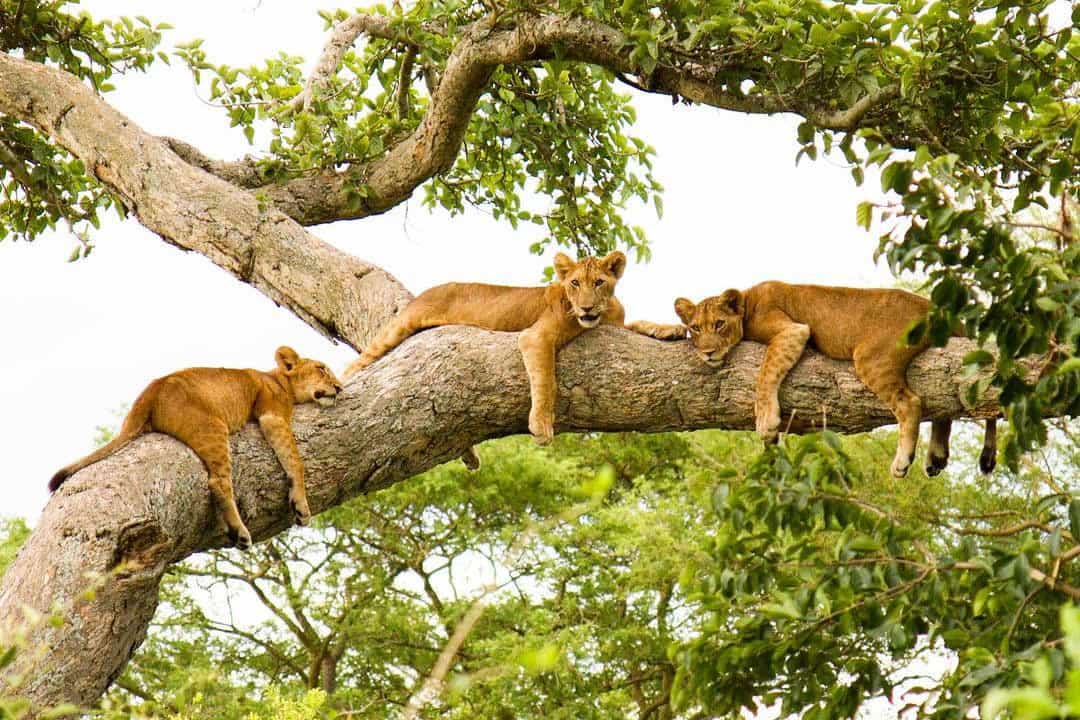
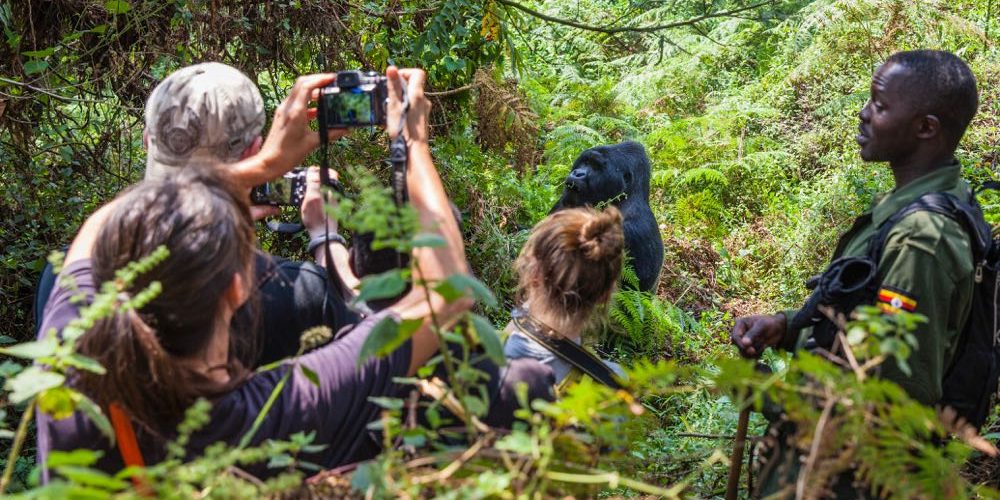
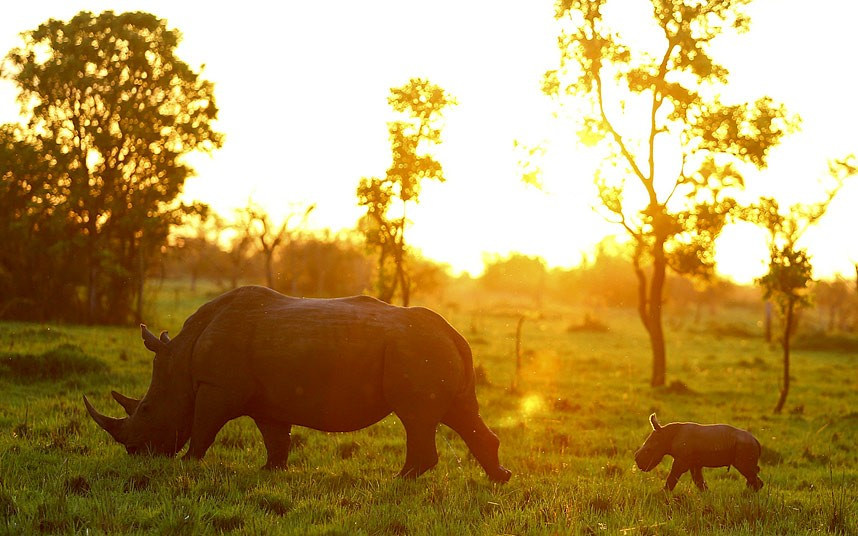
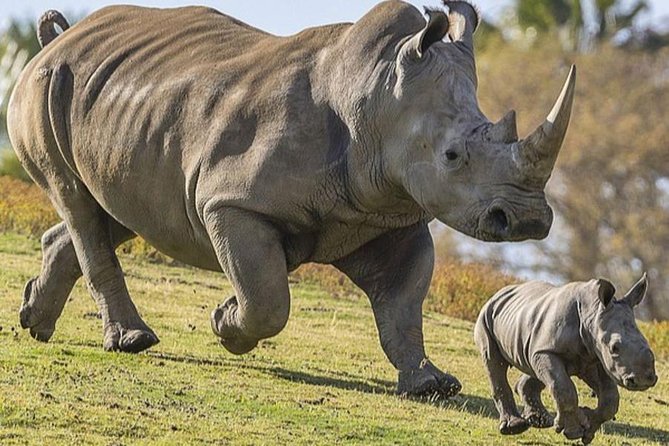

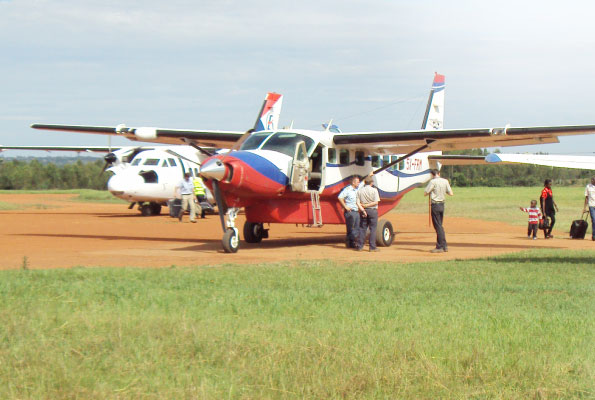
 WildHorn Africa – Authentic and unforgettable tours across Africa, guided by local experts who know the land, wildlife, and culture best.
WildHorn Africa – Authentic and unforgettable tours across Africa, guided by local experts who know the land, wildlife, and culture best.


